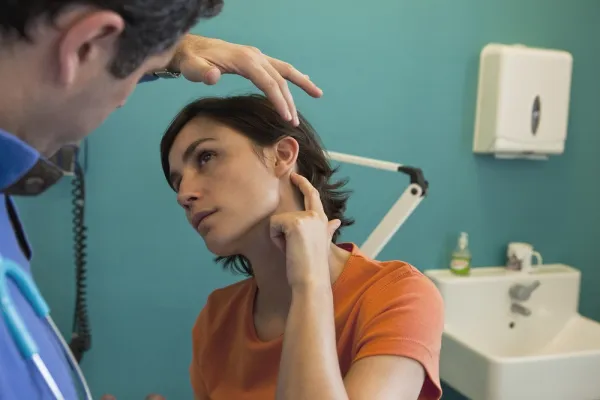Inpatient Facility Coding & Compliance Alert
ICD-10 Update:
What's New in the ICD-10-PCS Coding Guidelines?
Published on Tue Jun 14, 2016

You’ve reached your limit of free articles. Already a subscriber? Log in.
Not a subscriber? Subscribe today to continue reading this article. Plus, you’ll get:
- Simple explanations of current healthcare regulations and payer programs
- Real-world reporting scenarios solved by our expert coders
- Industry news, such as MAC and RAC activities, the OIG Work Plan, and CERT reports
- Instant access to every article ever published in Revenue Cycle Insider
- 6 annual AAPC-approved CEUs
- The latest updates for CPT®, ICD-10-CM, HCPCS Level II, NCCI edits, modifiers, compliance, technology, practice management, and more
Related Articles
Other Articles in this issue of
Inpatient Facility Coding & Compliance Alert
- Policy/ Reimbursement:
Take NOTICE of the New MOON, Coming This August
Tackling the inherent issues isn’t as easy as it seems. Many Medicare beneficiaries will breathe [...] - Policy:
Don't Be in a Hurry While Texting Your Patient Orders
Read the fine print and skip the HIPAA trap. There is good news for the [...] - ICD-10 Update:
What's New in the ICD-10-PCS Coding Guidelines?
Watch for revised rules for multiple procedures, root operations, body parts, and more. The ICD-10-PCS [...] - Reader Question:
Stay Away From 'Patient Dumping'
Question: What is meant by “patient dumping”? Is this something auditors will be looking for? Delaware [...] - Reader Question:
Know the Difference Between a Cross Walk and GEM
Question: What is the difference between a cross walk and a GEM? Texas Subscriber Answer: Although most [...] - Reader Question:
Can Colonoscopy Be a Root Operation?
Question: While coding for a procedure, can we consider colonoscopy as a root operation? Alabama Subscriber [...] - Reader Question:
Do Not Count Acute Pancreatitis As MCC After Oct. 1
Question: I have heard that in the IPPS update, apart from the revisions of the ICD-10 [...] - You Be the Coder:
Know the New Codes for Gastrointestinal Tumors
Question: Does the ICD-10-CM code set have new codes for gastrointestinal tumors? If so, [...]
View All




